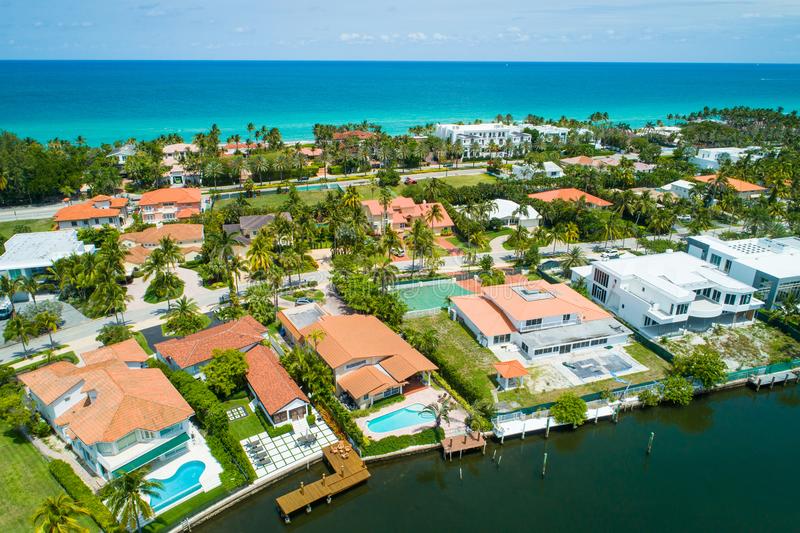Functional obsolescence is really a vital strategy in actual residence that can significantly influence the significance, marketability, and user friendliness of properties over time. As opposed to actual physical deterioration caused by wear and tear or monetary obsolescence influenced by outside elements, useful obsolescence arises from intrinsic flaws or out of date functions within a property’s design, methods, or format. This article delves in to the functional obsolescence definition, numerous aspects adding to efficient obsolescence across different sectors of real-estate, accentuating their ramifications and exactly how stakeholders can address these challenges properly.
Understanding Practical Obsolescence
Functional obsolescence describes areas of a property that diminish its benefit or attractiveness as a result of out of date layout, capabilities, or structure. These variables can create a property significantly less very competitive available in the market and might require proper interventions to minimize or deal with. Determining the particular elements adding to efficient obsolescence is very important for home owners, traders, appraisers, and designers to produce knowledgeable decisions and enhance resource overall performance.
Key Factors Bringing about Efficient Obsolescence
Engineering Breakthroughs:
Quick Technical Changes: Advancements in technological innovation can quickly provide building techniques, lighting fixtures, and facilities outdated. Properties deficient modern infrastructure for wise house technologies, electricity efficiency, or great-speed internet connectivity may possibly face technological obsolescence.
Outdated Building Systems: Out of date HVAC (Warming, Air-flow, and Air Cooling) solutions, domestic plumbing, electrical electrical wiring, and also other developing methods can increase operational charges, lessen electricity productivity, and detract through the property’s general industry appeal.
Design and style and Design Developments:
Changes in Layout Tastes: Shifts in architectural variations and design tastes as time passes can lead to efficient obsolescence. For example, attributes with compartmentalized themes and sealed-off places might be significantly less appealing compared to open up-program patterns that encourage spaciousness and connection.
Deficiency of Versatility: Inadequately created floor plans that limit features, adaptability, or sunlight penetration can detract from the property’s livability and customer encounter, impacting its marketability and worth.
Building Rule Agreement:
Updates and Restrictions: Alterations in developing rules, security standards, and environmental regulations need qualities to fulfill existing compliance needs. Non-conformity could lead to efficient obsolescence, necessitating pricey refurbishments or upgrades to position with authorized and regulatory standards.
Monetary and Industry Elements:
Shifts in Marketplace Desire: Modifications in client tastes, group developments, and financial problems can influence house require and worth. Qualities that do not line-up with existing industry requirements or absence services featuring desired by consumers or tenants may experience economical obsolescence.
Local community Dynamics: Changes in community demographics, facilities improvement, or zoning rules can influence home beliefs and marketability over time, adding to functional obsolescence if not resolved proactively.
Environmental Sustainability:
Energy Inefficiency: Components with very poor efficiency, obsolete energy methods, and high power ingestion rates might be perceived as environmentally outdated. Boosting energy efficiency and adding eco friendly procedures can mitigate useful obsolescence linked to ecological issues and operational charges.
Ease of access and Basic safety:
Accessibility Requirements: Attributes that do not satisfy ease of access standards for individuals with disabilities could face useful obsolescence, constraining their appeal to a broader array of potential passengers.
Basic safety Concerns: Basic safety threats, outdated fire protection solutions, and insufficient security steps can detract from your property’s overall elegance and create liability hazards, necessitating enhancements to ensure tenant protection and compliance with security restrictions.
Ramifications and Mitigation Methods
Home Real Estate Property:
Reconstruction and Modernization: Upgrading kitchen areas, restrooms, and living spaces to line up with modern-day style trends and way of living personal preferences.
Power Productivity Upgrades: Installing energy-productive appliances, insulating material, and alternative energy methods to reduce utility expenses and boost sustainability.
Commercial Real Estate Property:
Adaptive Reuse: Repurposing out-of-date office places or retail buildings for alternative uses that far better suit existing market needs.
Technological Incorporation: Including wise building technologies, adaptable workspace models, and amenities that enhance renter productiveness and pleasure.
Commercial Property:
Modernizing Facilities: Updating developing establishments with superior machines, automatic techniques, and energy-efficient technologies to improve operational efficiency.
Agreement and Security Advancements: Guaranteeing concurrence with business protection specifications, environmental polices, and workforce safety methodologies to mitigate hazards and enhance residence value.
Dealing with Useful Obsolescence
Complete House Reviews: Carrying out comprehensive examinations and evaluations to identify prospective causes of efficient obsolescence, including creating solutions, design problems, and regulatory concurrence problems.
Ideal Remodelling and Retrofitting: Developing reconstruction programs and retrofitting techniques to address determined obsolescence variables and enhance residence functionality, sustainability, and market place competitiveness.
Marketplace Location and Communication: Accentuating property skills, restoration prospective, and sustainability functions in ads to bring in would-be consumers or tenants and separate the home in the marketplace.
Bottom line
Efficient obsolescence positions considerable difficulties in actual residence valuation and residence advancement, impacting properties across household, business, and manufacturing sectors. By knowing the key factors adding to efficient obsolescence—such as technological adjustments, layout styles, building rule concurrence, economical shifts, sustainability concerns, and basic safety considerations—stakeholders can implement proactive approaches to mitigate hazards, improve house importance, and make sure long term viability in a aggressive marketplace surroundings. Powerful control over practical obsolescence needs continuous keeping track of, strategic preparation, and expense in environmentally friendly and revolutionary options that enhance house usefulness, performance, and entice meet developing marketplace demands and stakeholder anticipations.


